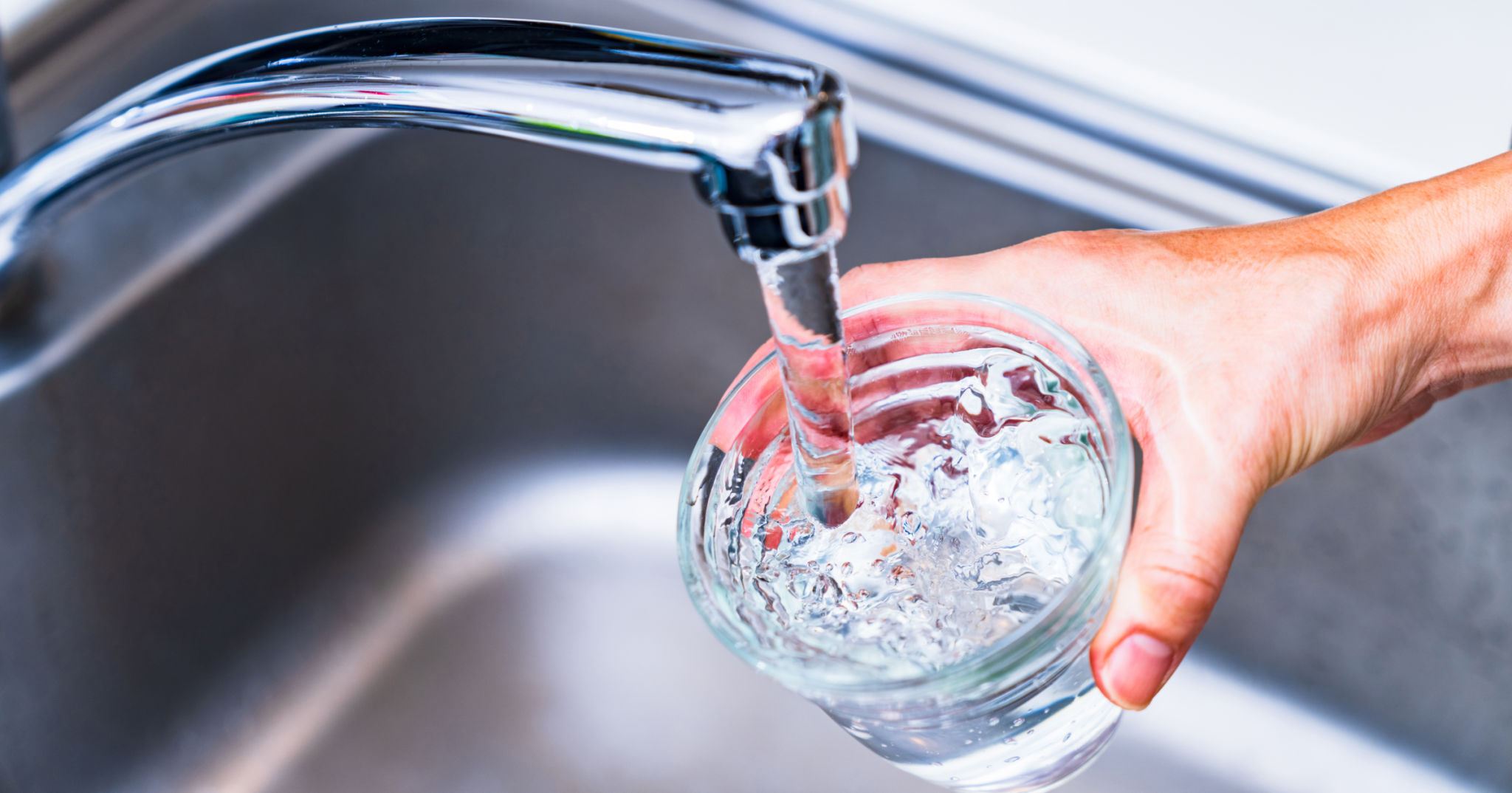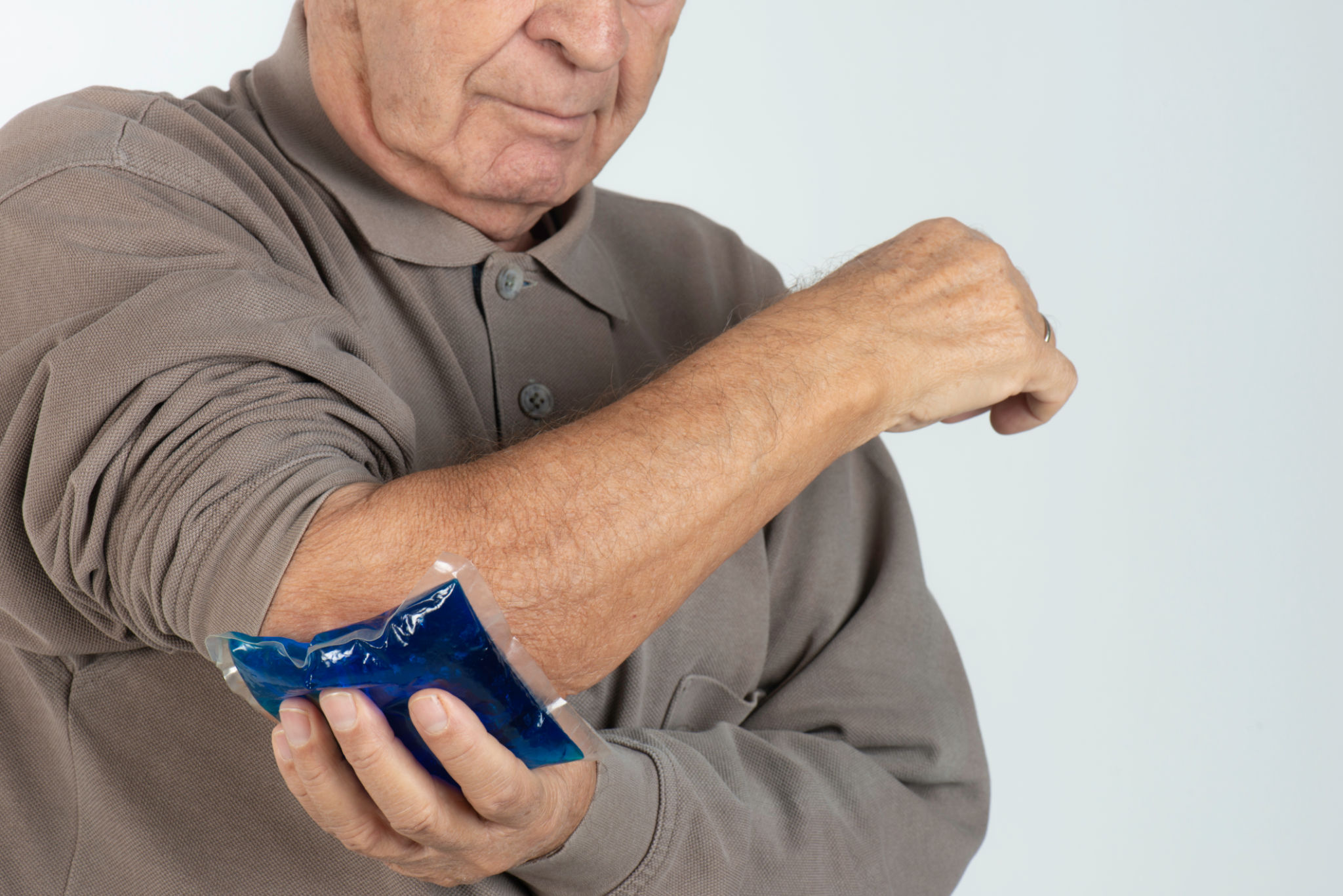DIY Headache Relief Techniques: Effective Home Remedies
Understanding Headaches and Their Causes
Headaches are a common ailment that most of us experience at some point. They can range from mild discomfort to debilitating pain, impacting daily activities. The causes of headaches can be varied, including stress, dehydration, poor posture, or even dietary choices. Understanding these triggers is the first step in finding effective relief.
Types of Headaches
There are several types of headaches, each with distinct characteristics. The most common types include tension headaches, migraines, and cluster headaches. Tension headaches often feel like a tight band around the forehead, while migraines can cause intense throbbing pain accompanied by nausea. Cluster headaches are severe and occur in cyclical patterns.
Hydration and Nutrition: The Basics
One of the simplest ways to prevent and alleviate headaches is to ensure proper hydration and nutrition. Dehydration is a common cause of headaches, so drinking enough water throughout the day is essential. Additionally, consuming a balanced diet rich in vitamins and minerals can help maintain overall well-being and reduce headache frequency.

Herbal Teas for Relief
Herbal teas are a natural remedy for headache relief. Chamomile and peppermint tea are particularly effective due to their calming properties. Ginger tea is also beneficial, as it contains anti-inflammatory compounds that can help reduce headache symptoms. Drinking these teas can provide a soothing effect and aid in relaxation.
Relaxation Techniques
Stress is a significant contributor to headaches, making relaxation techniques an effective remedy. Practicing deep breathing exercises or meditation can help reduce stress levels and alleviate tension headaches. Progressive muscle relaxation is another technique that involves tensing and then relaxing different muscle groups to promote relaxation.

Essential Oils for Headache Relief
Essential oils such as lavender and peppermint can be powerful allies in combating headaches. Lavender oil is known for its calming effects, while peppermint oil provides a cooling sensation that can ease tension. Applying diluted essential oils to the temples or using a diffuser can enhance their benefits.
Temperature Therapy
Applying heat or cold to the affected area can be an effective way to relieve headache pain. A warm compress can help relax tense muscles, while a cold pack can reduce inflammation and numb the pain. Experimenting with both methods may help determine which works best for you.

Acupressure Techniques
Acupressure involves applying pressure to specific points on the body to alleviate pain. For headaches, pressing on points such as the base of the skull, between the eyebrows, or the webbed space between the thumb and index finger can help reduce discomfort. This technique can be easily practiced at home.
The Importance of Rest and Sleep
Ensuring adequate rest and sleep is crucial for preventing headaches. Lack of sleep can exacerbate headache symptoms and make them more frequent. Establishing a regular sleep schedule, creating a comfortable sleep environment, and avoiding screens before bedtime can all contribute to better sleep quality.
Incorporating these DIY headache relief techniques into your routine can significantly improve your comfort and quality of life. By understanding your triggers and exploring different remedies, you can find the best strategies to manage and prevent headaches effectively.
